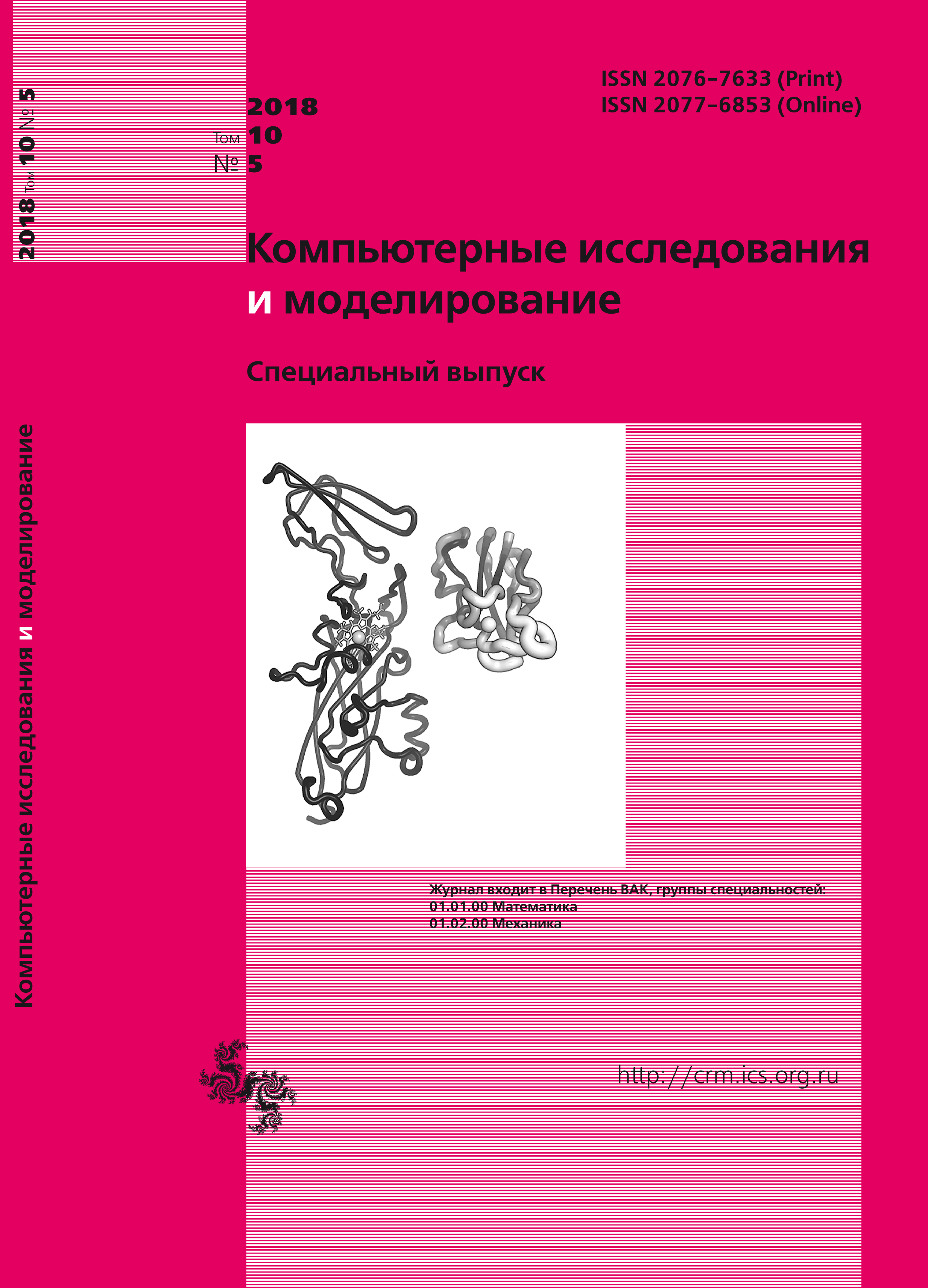All issues
- 2025 Vol. 17
- 2024 Vol. 16
- 2023 Vol. 15
- 2022 Vol. 14
- 2021 Vol. 13
- 2020 Vol. 12
- 2019 Vol. 11
- 2018 Vol. 10
- 2017 Vol. 9
- 2016 Vol. 8
- 2015 Vol. 7
- 2014 Vol. 6
- 2013 Vol. 5
- 2012 Vol. 4
- 2011 Vol. 3
- 2010 Vol. 2
- 2009 Vol. 1
Simulation of flight and destruction of the Benešov bolid
Comets and asteroids are recognized by the scientists and the governments of all countries in the world to be one of the most significant threats to the development and even the existence of our civilization. Preventing this threat includes studying the motion of large meteors through the atmosphere that is accompanied by various physical and chemical phenomena. Of particular interest to such studies are the meteors whose trajectories have been recorded and whose fragments have been found on Earth. Here, we study one of such cases. We develop a model for the motion and destruction of natural bodies in the Earth’s atmosphere, focusing on the Benešov bolid (EN070591), a bright meteor registered in 1991 in the Czech Republic by the European Observation System. Unique data, that includes the radiation spectra, is available for this bolid. We simulate the aeroballistics of the Benešov meteoroid and of its fragments, taking into account destruction due to thermal and mechanical processes. We compute the velocity of the meteoroid and its mass ablation using the equations of the classical theory of meteor motion, taking into account the variability of the mass ablation along the trajectory. The fragmentation of the meteoroid is considered using the model of sequential splitting and the statistical stress theory, that takes into account the dependency of the mechanical strength on the length scale. We compute air flows around a system of bodies (shards of the meteoroid) in the regime where mutual interplay between them is essential. To that end, we develop a method of simulating air flows based on a set of grids that allows us to consider fragments of various shapes, sizes, and masses, as well as arbitrary positions of the fragments relative to each other. Due to inaccuracies in the early simulations of the motion of this bolid, its fragments could not be located for about 23 years. Later and more accurate simulations have allowed researchers to locate four of its fragments rather far from the location expected earlier. Our simulations of the motion and destruction of the Benešov bolid show that its interaction with the atmosphere is affected by multiple factors, such as the mass and the mechanical strength of the bolid, the parameters of its motion, the mechanisms of destruction, and the interplay between its fragments.
Copyright © 2018 Andruschenko V.A., Maksimov F.A., Syzranova N.G.
Views (last year): 24. Citations: 1 (RSCI).Indexed in Scopus
Full-text version of the journal is also available on the web site of the scientific electronic library eLIBRARY.RU
The journal is included in the Russian Science Citation Index
The journal is included in the RSCI
International Interdisciplinary Conference "Mathematics. Computing. Education"







